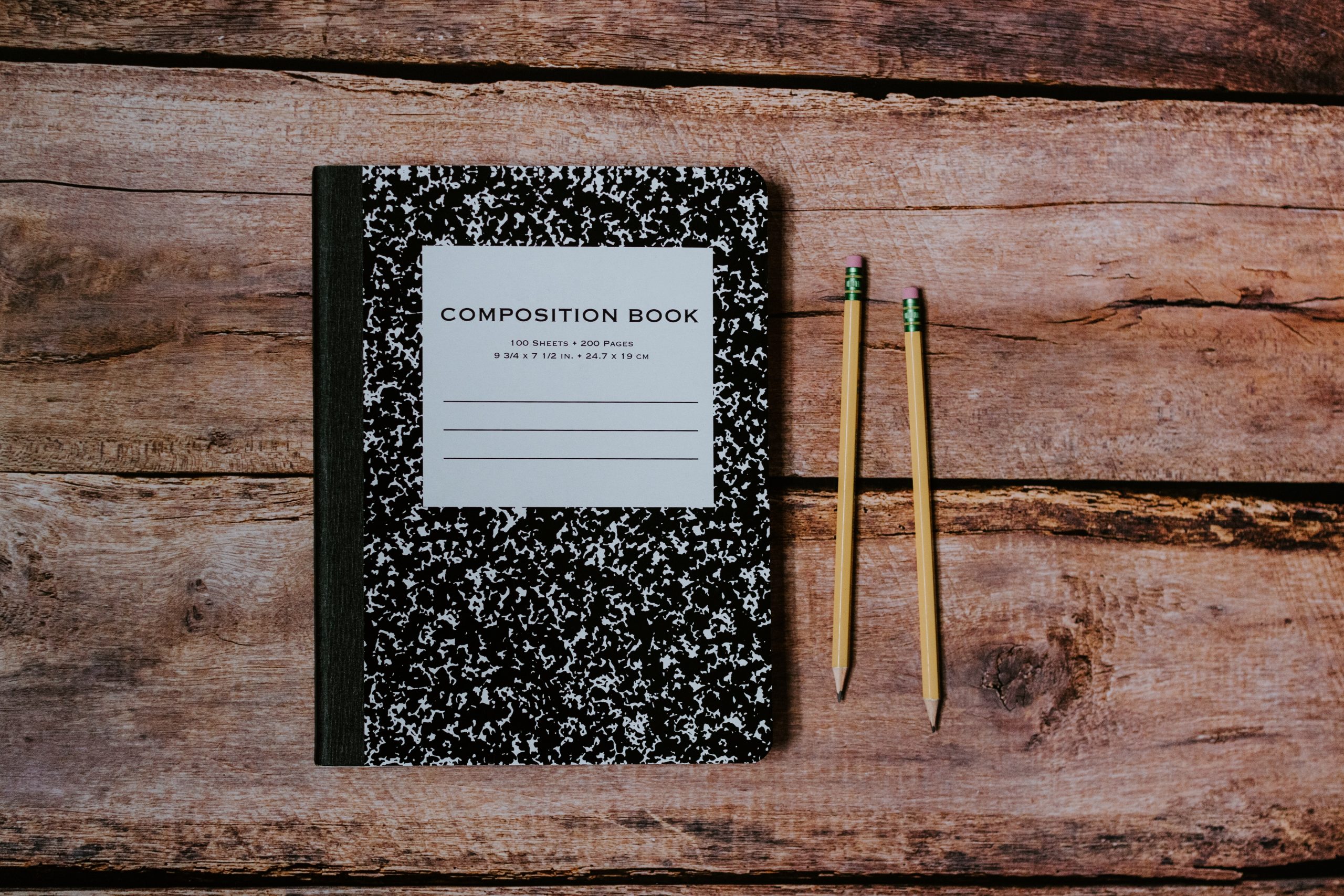16 Annotating Learning in an OER

One of my favourite ways to engage students in their learning is to have them annotate readings and reflect on this experience. When I began writing this open textbook I had a few chapters drafted, but not nearly enough for students to use in replacement of their traditional textbook. I invited some of my students to read what I had written and annotate the content using Hypothesis. Their comments, suggestions, ideas, and criticism helped me shape the structure of the book and rewrite some of the content. In order to support their work, I created an Annotating Learning assignment that could be re-used for this OER or any OER of your choosing.
Annotating Learning in an OER
Prompt
Students can be directed to annotate a single chapter, group of chapters, or a particular reading in any OER of your choosing. (I’ll use this open textbook as an example for different ways this can be done.)
Objectives
- Critically evaluate the content in an OER (this may be done against specific requirements set out by the instructor).
- Identify gaps in content: this may include missing information and/or examples.
- Update and breath new life into the content: this might mean using more recent and relevant examples that students can relate to; or, it might mean identifying where stereotypes and gendered language is used that should be addressed.
- Invite students to contribute to the creation or revising of open-licensed content that lives in the public domain.
- Engage students in meaningful open pedagogy that places them as content creators/editors and not merely consumers.
Setting up Hypothesis
Hypothesis is an annotating tool that allows users to annotate (comment on) nearly any web page on the Internet. I use it with students and have used it with those who helped review this open textbook. You can set up a group in Hypothesis so everyone can see each others annotations and comment on them, or you can set up a private channel between two people. Whichever took you decide to use, be sure to provide full instructions on how students can use Hypothesis if that is the annotating tool of your choice. I suggest setting aside a class to conduct a workshop so you can take care of any troubleshooting first.
Options for Annotating Learning
I’ve included two examples of how instructors can engage students in annotating learning: the first is focused on providing ideas on new/revised content that might span several chapters. The second option explains how students could select one chapter and provide annotations throughout. The best option may be to collaborate with your students and ask them what they would like to do!
Option #1: Draft the outline of a “Marketing Context” submission for the OER
For this option, students can annotate in the textbook where a Marketing Context submission should be inserted. The purpose of these examples is to better contextualize the concepts in the book so they are more relevant and applicable to marketing. Real-world examples are what we’re looking for here!
These examples can come from any marketing source: I encourage students to reach outside of the examples that dominate Canadian and American marketing and advertising.
Using Hypothesis, annotate where the Marketing Context write-up should be and what purpose it should serve. In your final written submission to the instructor you should provide an elaborated draft of how this piece can be developed.
Begin your annotation with: “Marketing Context Sample”
Option #2: Chapter Revisions
For this option, students can select a chapter with the OER and critically compare it against a traditional textbook used in the course (or another resource of your choosing). Students are encouraged to identify gaps and make suggestions that would benefit them and future students in the course.
Identify what you would like students to annotate specifically; later they can reflect on their annotations in a summary that the instructor might evaluate for grading. Set out clear expectations so students know how to focus their feedback. For example, you may want to provide guidelines such as these:
- Substantial Content
Any revised content should be rich material that draws directly upon the course materials (e.g. documentary films) and other relevant academic sources (e.g. articles, journals, papers, books). The language should be clear and make logistical sense while relying on a critical tone to push the reader’s thoughts into further depths of consideration for the subject matter. Additionally, the content should be properly punctuated and grammatically correct.
- Contextual Relevance
The content that the student creates should be relevant to the topic/concept(s) and the area to which they are proposing to inject it. It should flow smoothly with what is there whether the student is adding content or revising it.
- Citations
Each section should include APA-style in-text citations when paraphrasing or summarizing materials that the student has used in forming their content. Additionally, the student should include the full citation at the end of their writing too. Annotations without any citations cannot be included or graded in this assignment!
- Feedback & Revisioning
This is a collaborative process! The instructor (and your classmates) may reply to, and comment on, annotations you’ve created in order to provide meaningful feedback and/or help you to probe deeper. You are welcome to revise your annotations as this is part of the process. Use all of this feedback before writing your summary for grading: this will give students a chance to revise and improve their work before final grading (or feedback) is completed.
Begin your annotation with: “Chapter Revision”
Media Attribution
- Image of notebook and two pencils resting on wooden surface is by Kelly Sikkema on Unsplash.
References
Eaton, L. (2019). Annotating Learning Guides – Guidelines [Google document] is licensed under a Creative Commons Attribution 4.0 International License. https://docs.google.com/document/d/1utzRjLv8TQM1tItmYFbqG_pz3GkfSaPwd7JTBfIgTgA/edit?usp=sharing.

